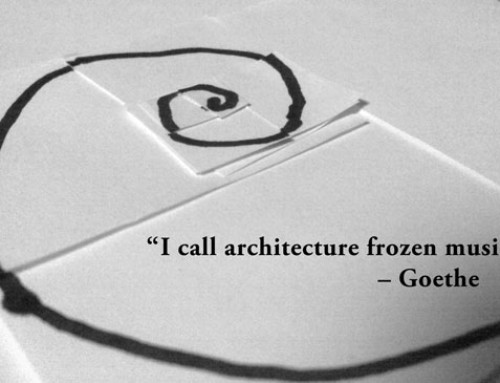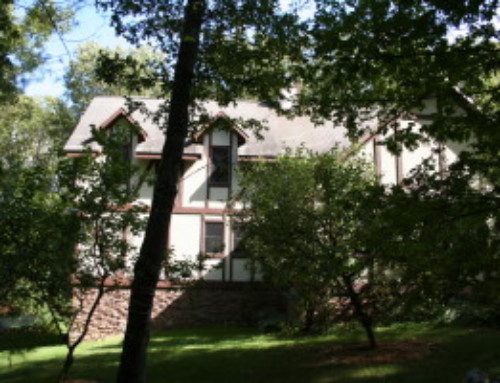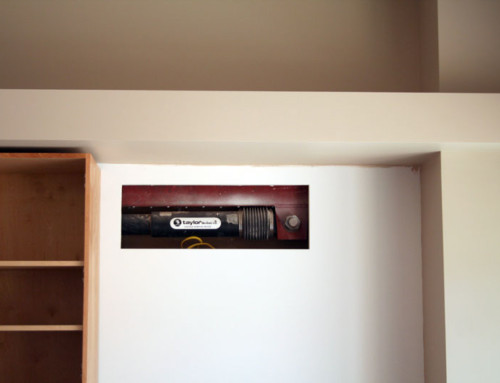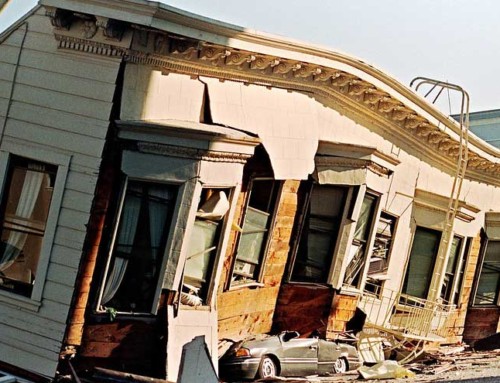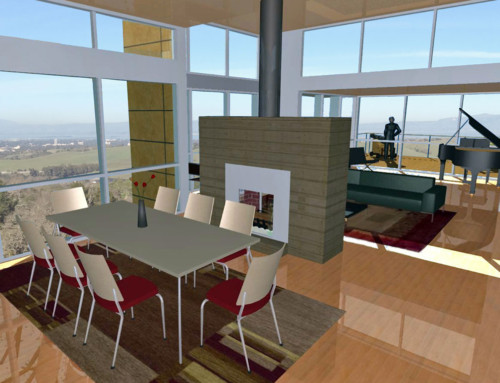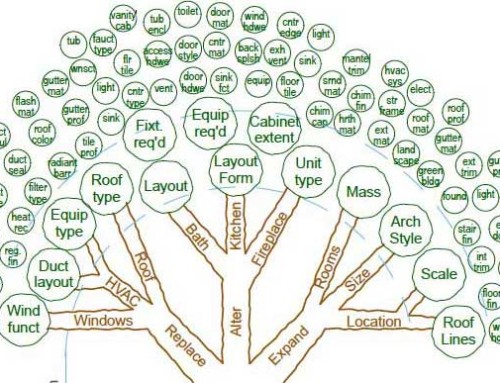
Advances in Seismic Technology (Part 1)
The August 24, 2014 earthquake in Napa provides us with another reminder of the challenges of living in the Bay Area — one of the most beautiful places in the country. The quake was strong, but fortunately wasn’t the “Big One”; so the damage was limited and no one was seriously injured or killed. Safety in an earthquake, even a very large one though, doesn’t have to depend on fortune. Building science and technology available today can not only prevent death and injury but, can also prevent destruction and minimize damage to the places where we live, work and play. One of our projects, which we call the Hillside House, is among the first residences in the country to use such technology. Let me share a little background information to help set things in context.
Modern Codes have made our buildings much safer than those of yesteryear, but the standards they set do not require the best possible analysis or technologies be used. The general goal of the Code in an earthquake is to ensure that buildings provide a margin of safety against structural collapse so the occupants can exit safely (called a “Life Safety” standard). Nowhere is post-earthquake use of the building, or economic impacts, considered in the building Code; so when the “Big One” hits, even a newly constructed, Code compliant building may sustain extensive damage (possibly damage beyond repair).
A Better Way to Build
Since the site for the new Hillside House is located just over 1 mile from the San Andreas fault, the Owner was justifiably concerned that their new home could sustain significant damage. With that in mind, they tasked the design team to find a superior solution to the minimum safety required by Code. Our Structural Engineer selected the alternative design methodology called Performance Based Design, an analysis that is often used in skyscrapers and hospitals. This allowed the Engineer to design the building to absorb and dissipate the energy of a quake, so that no significant damage to the structure or finishes would occur. Even non-structural components would be secure and most would function. The analysis, computer modeling and design involved is a very interesting story that I’ll explain in more detail in a future post. On to the technology that works the magic!
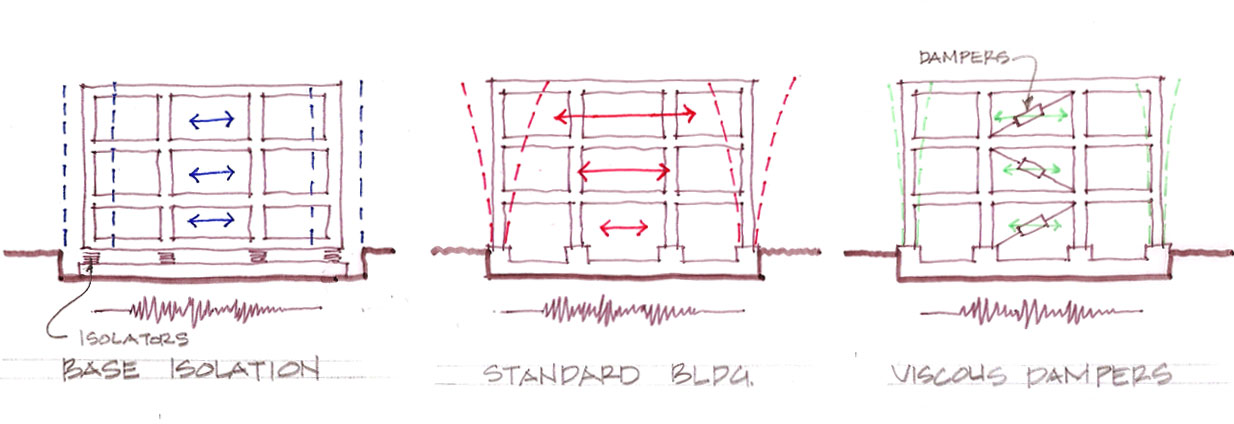
Alternatives to a Standard Structure
If the house were on a relatively flat site, a Base Isolation system may have been an option, but on a steep hillside site like ours, there was no effective isolation plane. The Engineer explored a system of steel frames and Fluid Viscous Dampers as a solution. This combination has been used to protect large commercial buildings and even the new Bay Bridge, but has never been adapted to a smaller scale project like a residence. The analysis showed that this system would work very well, so we integrated steel frames at strategic locations throughout the house to provide a “seismic skeleton”. Each frame was fitted with a viscous damper, individually tuned to absorb the seismic energy. You can get a sense of how the dampers absorb energy in the attached video.
Not only will this system protect the occupants and keep the house safe from seismic destruction, but the cost of installing the damper frames turned out to be relatively modest (a few percent of the total construction cost). Given the expense and difficulty of building in the Bay Area, and the comparative costs to repair or replace a structure when the “Big One” hits, this system is a very sensible and attractive technology to include in a home.
Until next time,



